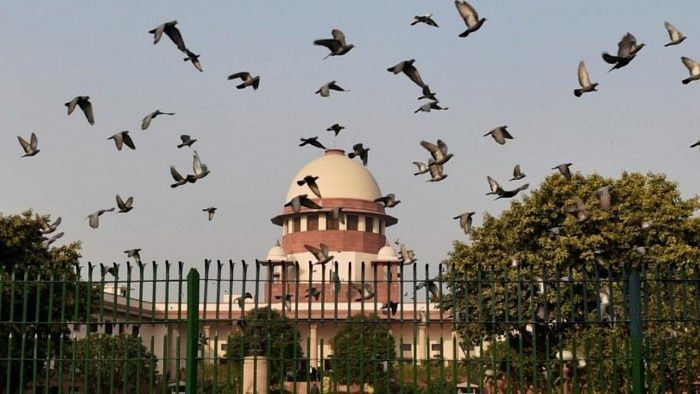
The Supreme Court has done well to take a close look at an important aspect of the death penalty which has not received adequate attention till now. By deciding to refer to a Constitution Bench on the matter of framing guidelines to examine mitigating factors for convicts facing the death penalty, the court has sought clarity on a neglected right of the convict. In the present scheme and practice of judicial decision-making, sentencing does not get as much importance as a conviction. Once the court decides that the accused is guilty, sentencing tends to become quick and easy. Very often, it happens on the same day as the conviction, and the convict does not get enough time and opportunity to present the mitigating circumstances for a lighter sentence. In the case of the death sentence, this becomes crucial because the loss of that opportunity can mean the difference between life and death for a convict.
A three-judge bench of the court led by Chief Justice U U Lalit noted that while the prosecution gets the chance to present the aggravating circumstances in a case that work to the disadvantage of the accused throughout the trial, and even puts them on record, the convict can present the mitigating factors in his defence only after conviction. The court noted that this puts the convict at “a hopeless disadvantage, tilting the scales heavily against him.” The court has rightly felt that there should be clear guidelines on the consideration of mitigating factors so that there is a “meaningful, real and effective” hearing on them before the sentence is decided. It has been suggested that such factors should include reports on the accused from jail authorities and from psychologists and experts and other relevant sources so that the judge gets a clearer and more rounded view.
The reference of the matter to a Constitution Bench shows the court’s view that the constitutional right of a convict is involved in it. Judicial thinking on the death sentence has evolved over time, giving less and less room and reason for the extreme penalty. Ever since it laid down the norm of the “rarest of rare cases”, it has adopted an increasingly restrictive view on the death penalty through various orders and pronouncements. While the guidelines to be framed by the larger bench will help courts to better appreciate the mitigating factors and make sentencing fairer, there is in fact the need to take a larger view of crime and punishment itself. Capital punishment is itself wrong and will become irrelevant if the idea of reformation of the convict, not retribution, becomes the central idea of the criminal justice system.